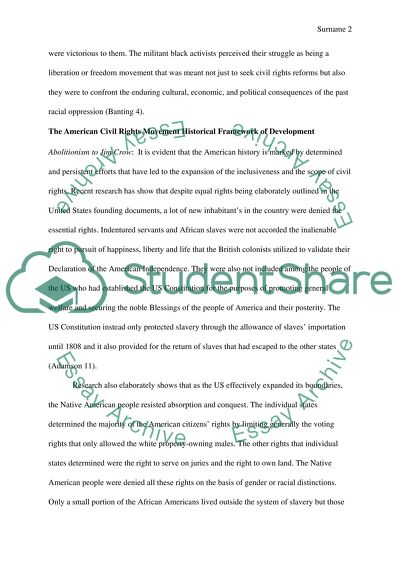Cite this document
(“The building of the interstate highway system Research Paper”, n.d.)
Retrieved from https://studentshare.org/history/1475565-the-building-of-the-interstate-highway-system
Retrieved from https://studentshare.org/history/1475565-the-building-of-the-interstate-highway-system
(The Building of the Interstate Highway System Research Paper)
https://studentshare.org/history/1475565-the-building-of-the-interstate-highway-system.
https://studentshare.org/history/1475565-the-building-of-the-interstate-highway-system.
“The Building of the Interstate Highway System Research Paper”, n.d. https://studentshare.org/history/1475565-the-building-of-the-interstate-highway-system.


